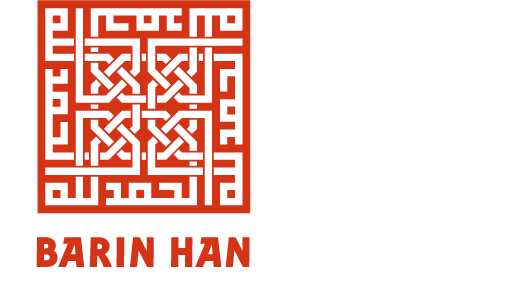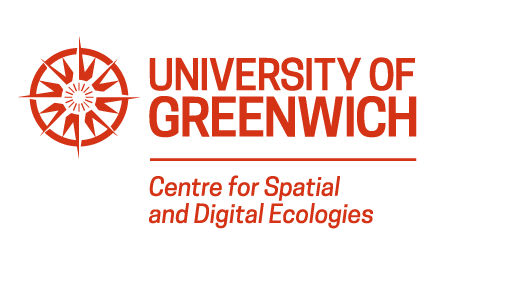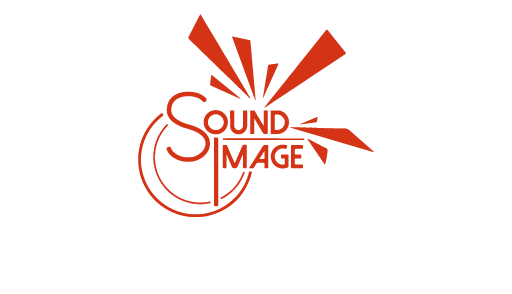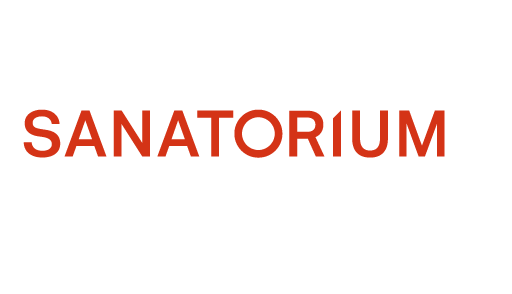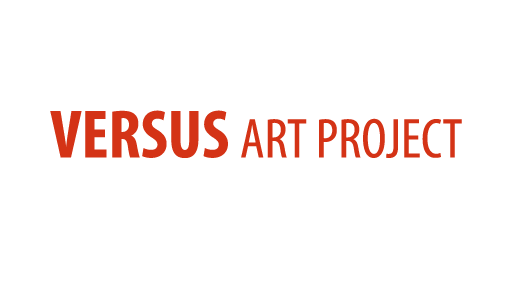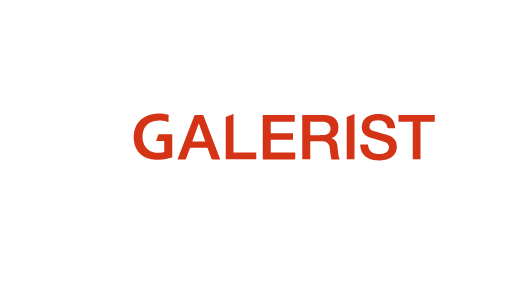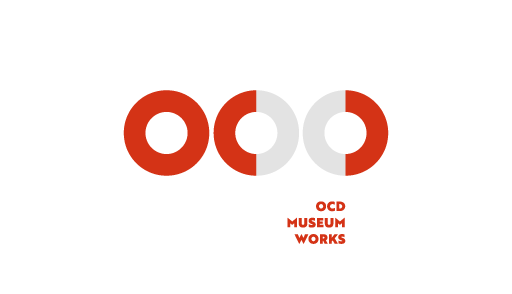Critical
Shifts
C
r
i
t
i
c
a
l
S
h
i
f
t
s
BARIN HAN
TUE-SAT 10:00-18:00
TUE-SAT 10:00-18:00
Binbirdirek, Boyacı Ahmet
Sk. No:4, 34122
Fatih/İstanbul, Türkiye
Sk. No:4, 34122
Fatih/İstanbul, Türkiye
Critical Shifts
moving
re-placing
mistaking displacing
s p a c
i n g
re-placing
mistaking displacing
s p a c
i n g
e
x
t
r
a
c
t
i
n
g
repositioning
the existent
making
space
for
the
possible
Curators
the existent
making
space
for
the
possible
Maria
Korolkova
Margarita
Osepyan
Kate
Umnova
Korolkova
Margarita
Osepyan
Kate
Umnova
Curators
Everything shifts, everything is being shifted.
Alongside larger geosocial and geopolitical migration of peoples and matter come daily shifts that remain unnoticed, yet often become agents of critical
transformations, openness and new beginnings.
By following these smaller movements of matter, form and meaning, the exhibition showcases works of contemporary artists who embrace such shifts — whether through a material, metaphorical or invisible form — as a method of their diverse practices and consider them integral to any knowledge production.
Fish are being caught in Spanish waters; women move silently through a deserted landscape in Uzbekistan; a word from a nineteenth century poem is inserted into a Google Ad and becomes a commodity; a water fountain outside a mosque in Istanbul turns into a drinking point for pigeons… To shift is to remove something from the usual or proper place, and Critical Shifts are interested in the ways this simple action functions in the contemporary paradigm where there is no proper place and no usual. The prefixes de-, dis,- un–, re-, ex- become too familiar in the vocabulary of our common condition, as well as the processes they denote — replacing, mistaking, displacing, extracting, dissolving, dislocating.
The artists in Critical Shifts try to look at these actions not as disturbing or destabilising, but as a productive, positive, and generative force. These shifts are necessary for creating space and possibilities for re-making, re-assembling, re-building and re-emerging into new shapes — first unstable but gradually solid and powerful. Shifting is then considered a condition of being — and by extension — of becoming.
It is essential to recognise such modalities which go beyond the fractures and dislocations into the possibilities of the new — when the shifted and the displaced is celebrated and acknowledged as the (only) new constant.
Alongside larger geosocial and geopolitical migration of peoples and matter come daily shifts that remain unnoticed, yet often become agents of critical
transformations, openness and new beginnings.
By following these smaller movements of matter, form and meaning, the exhibition showcases works of contemporary artists who embrace such shifts — whether through a material, metaphorical or invisible form — as a method of their diverse practices and consider them integral to any knowledge production.
Fish are being caught in Spanish waters; women move silently through a deserted landscape in Uzbekistan; a word from a nineteenth century poem is inserted into a Google Ad and becomes a commodity; a water fountain outside a mosque in Istanbul turns into a drinking point for pigeons… To shift is to remove something from the usual or proper place, and Critical Shifts are interested in the ways this simple action functions in the contemporary paradigm where there is no proper place and no usual. The prefixes de-, dis,- un–, re-, ex- become too familiar in the vocabulary of our common condition, as well as the processes they denote — replacing, mistaking, displacing, extracting, dissolving, dislocating.
The artists in Critical Shifts try to look at these actions not as disturbing or destabilising, but as a productive, positive, and generative force. These shifts are necessary for creating space and possibilities for re-making, re-assembling, re-building and re-emerging into new shapes — first unstable but gradually solid and powerful. Shifting is then considered a condition of being — and by extension — of becoming.
It is essential to recognise such modalities which go beyond the fractures and dislocations into the possibilities of the new — when the shifted and the displaced is celebrated and acknowledged as the (only) new constant.
moving
re-placing
mistaking
dis
placing
s p a
c i n g
e
x
t
r
a
c
t
i
n
g
repositioning
the existent
making
space
for
the
possible
re-placing
mistaking
dis
placing
s p a
c i n g
e
x
t
r
a
c
t
i
n
g
repositioning
the existent
making
space
for
the
possible
Everything shifts,
everything is being shifted.
Alongside larger geosocial and geopolitical migration of peoples and matter come daily shifts that remain unnoticed, yet often become agents of critical transformations, openness and new beginnings.
By following these smaller movements of matter, form and meaning, the exhibition showcases works of contemporary artists who embrace such shifts — whether through a material, metaphorical or invisible form — as a method of their diverse practices and consider them integral to any knowledge production.
Fish are being caught in Spanish waters; women move silently through a deserted landscape in Uzbekistan; a word from a nineteenth century poem is inserted into a Google Ad and becomes a commodity; a water fountain outside a mosque in Istanbul turns into a drinking point for pigeons… To shift is to remove something from the usual or proper place, and Critical Shifts are interested in the ways this simple action functions in the contemporary paradigm where there is no proper place and no usual. The prefixes de-, dis,- un–, re-, ex- become too familiar in the vocabulary of our common condition, as well as the processes they denote — replacing, mistaking, displacing, extracting, dissolving, dislocating.
The artists in Critical Shifts try to look at these actions not as disturbing or destabilising, but as a productive, positive, and generative force. These shifts are necessary for creating space and possibilities for re-making, re-assembling, re-building and re-emerging into new shapes — first unstable but gradually solid and powerful. Shifting is then considered a condition of being — and by extension — of becoming.
It is essential to recognise such modalities which go beyond the fractures and dislocations into the possibilities of the new — when the shifted and the displaced is celebrated and acknowledged as the (only) new constant.
Curators
Maria
Korolkova
Margarita
Osepyan
Kate
Umnova
Korolkova
Margarita
Osepyan
Kate
Umnova
